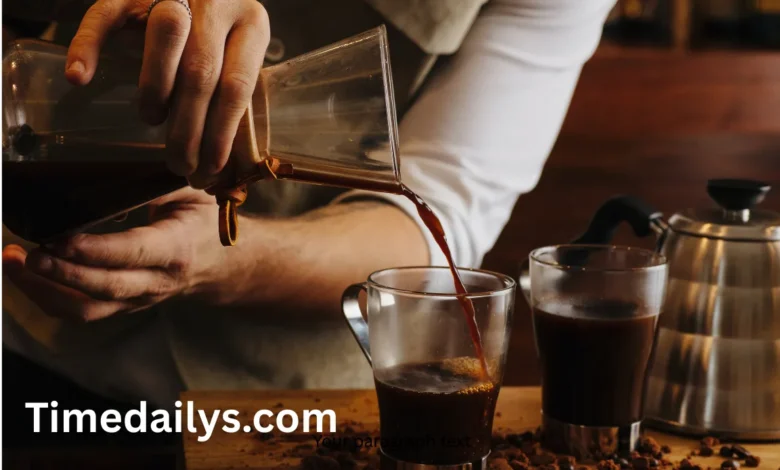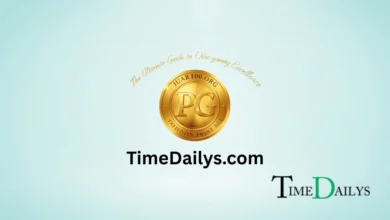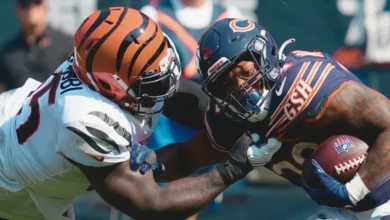Eco-Friendly Coffee Culture: Why the Pappedeckel is Changing the Way We Drink

Introduction: The Rise of the Pappedeckel in Everyday Life
In recent years, coffee lovers across Europe have embraced a small yet impactful innovation, the pappedeckel. This simple paper lid, often used for takeaway cups, is reshaping the way we think about convenience and sustainability. With growing awareness about single-use plastics, consumers and cafés are searching for greener alternatives. The pappedeckel answers that call with style, practicality, and a reduced environmental footprint.
It’s not just a trend for eco-warriors. From busy commuters to speciality coffee shops, more people are realising that small choices, like replacing a plastic lid with a paper coffee lid, can make a big difference.
What Exactly is a Pappedeckel?
The word pappedeckel translates from German as “cardboard lid.” In most cases, it’s a sturdy, biodegradable cover designed to fit snugly on paper coffee cups. Unlike traditional plastic lids, which can linger in landfills for decades, a paper coffee lid breaks down naturally without releasing harmful microplastics.
Manufacturers typically use sustainably sourced paper fibres, sometimes with a plant-based waterproof lining. This makes the product safe for hot drinks while keeping its eco-friendly credentials intact.
Why the Pappedeckel is a Game-Changer for Sustainability
Plastic pollution is one of the biggest environmental challenges of our time. Billions of plastic coffee cup lids are thrown away each year, many ending up in oceans. The pappedeckel offers a straightforward, scalable solution.
By swapping plastic for paper, cafés instantly reduce their environmental impact. The carbon footprint of producing a paper coffee lid is often lower, and its compostable nature supports a circular economy. In fact, some cities in Germany have reported a noticeable reduction in plastic waste since encouraging cafés to adopt these lids.
The Role of the Pappedeckel in Modern Coffee Culture
Coffee culture is about more than the drink itself, it’s about the entire experience. For many, that includes aesthetics and values. A biodegradable lid sends a clear message: we care about the planet. This resonates strongly with younger consumers, particularly Millennials and Gen Z, who often choose brands that align with their environmental ethics.
Some coffee shops even customise their paper coffee lid designs with branding or seasonal prints. This adds a personal touch, turning a functional object into part of the café’s identity.
Comparing Pappedeckel with Other Lid Materials
While the pappedeckel is gaining ground, it’s worth comparing it to other options:
- Plastic lids: Durable but environmentally harmful; take centuries to decompose.
- Bioplastic lids: Made from plant starch; compostable under industrial conditions, but less widely recycled.
- Pappedeckel: 100% biodegradable, recyclable in paper waste streams, and compostable in most home compost bins.
This clear environmental advantage is why many sustainability experts believe the paper coffee lid will soon become the industry standard.
Cost Considerations for Businesses
One common concern is cost. Initially, paper coffee lid production can be slightly more expensive than plastic. However, prices are dropping as demand grows. Moreover, cafés that use eco-friendly materials often find that customers are willing to pay a small premium for sustainable products.
In many cases, governments also offer subsidies or tax incentives for businesses that switch to biodegradable packaging. Over time, these benefits offset the initial investment.
How to Incorporate Pappedeckel into Your Business
Switching to pappedeckel lids is straightforward:
- Choose a reliable supplier: Look for companies using FSC-certified paper.
- Test for quality: Make sure the lid fits securely and resists leaks.
- Educate customers: Share why you’ve made the change. People love supporting eco-friendly moves.
- Brand creatively: Use printing options to match your café’s style.
By making the switch visible, you create a talking point that attracts eco-conscious customers.
The Global Outlook for Pappedeckel Use
Germany may have popularised the term, but the pappedeckel is finding fans worldwide. Scandinavian countries, with their strong environmental policies, have quickly adopted paper lids. The UK coffee market is also seeing a rise in sustainable packaging, with several high-street chains trialling or fully switching to pappedeckel solutions.
As legislation tightens on single-use plastics, it’s likely we’ll see this trend accelerate globally.
FAQs
What is a pappedeckel made from?
A pappedeckel is usually made from sustainably sourced paper fibres, sometimes with a thin plant-based lining for waterproofing.
Can a pappedeckel be recycled?
Yes. In most cases, a paper coffee lid can be recycled with other paper products or composted, depending on local waste management rules.
Why should coffee shops switch to pappedeckel lids?
Switching to a pappedeckel helps reduce plastic waste, attracts eco-conscious customers, and can enhance brand reputation.
Are pappedeckel lids heat-resistant?
Yes. They’re designed to handle hot drinks without warping, making them just as functional as plastic lids.
Conclusion: Small Lid, Big Impact
The pappedeckel might seem like a minor change, but its ripple effect is significant. It reduces plastic waste, aligns with sustainable values, and enhances a café’s brand image. In a world where every small step counts towards a greener future, swapping a plastic lid for a biodegradable paper one is an easy win.
By embracing the pappedeckel, both businesses and consumers send a powerful message: sustainability matters.




